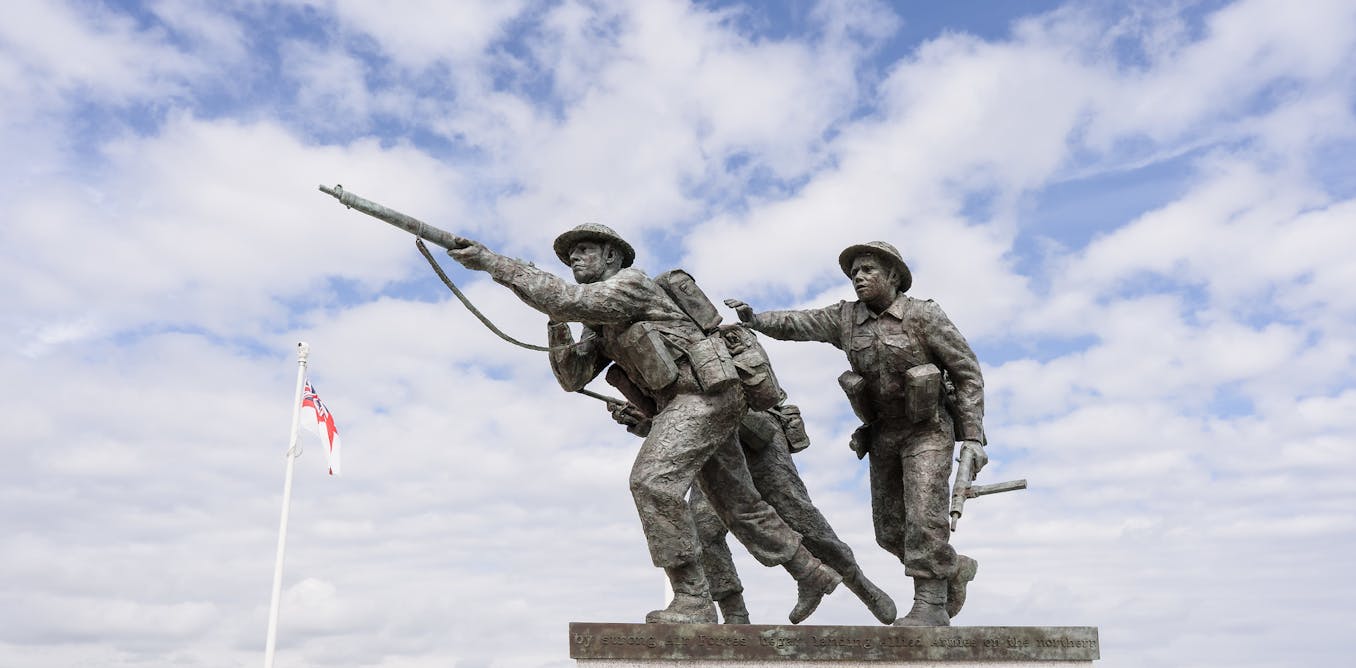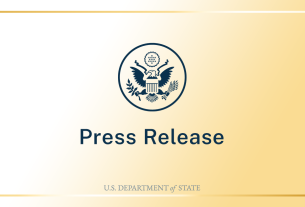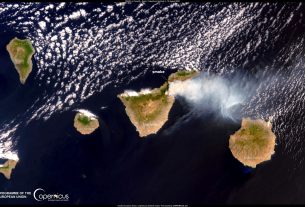The 2024 celebrations marking the 80th anniversary of D-day are the latest in a long line of commemorations in honour of the allied landings in Normandy, which began on June 6 1944.
The first anniversary, in June 1945, was a rather quiet occasion. The war in the Pacific had not yet ended. Larger ceremonies involving dignitaries followed in the 1950s and 1960s.
However, historians highlight 1984 as the year major anniversary commemorations became diplomatic events. France invited heads of state to attend the proceedings in Normandy, and connections were made between the historic events being remembered and the geopolitics of the present.
The 2024 ceremonies are no different. While veterans have been placed front and centre, especially as their numbers are sadly declining, heads of state are using the anniversary to address the challenges and concerns facing the world today.
Falcon Photography/Flickr, CC BY-SA
D-day during the cold war
In the immediate post-1945 period, the first memorials and monuments to the D-day landings started to go up in Normandy. The French government sponsored a vast commemorative project, the Voie de la Liberté, which marked the route taken by the allied armies as they battled their way through France.
Authorities in the US and Britain similarly invested in the memory of D-day. Their commemorative organisations, respectively the American Battle Monuments Commission (the ABMC), and the Imperial (now Commonwealth) War Graves Commission, played key roles.
The largest British war cemetery at Bayeux, in Normandy, was completed in 1952. The ABMC’s Normandy American Cemetery, which would be made famous by the opening scenes of the 1998 movie, Saving Private Ryan, followed in 1956. These sacred sites quickly became locations for solemn remembrance, particularly during anniversary commemorations.
But such commemorations also provided an invaluable opportunity to use the past to make statements about the present, something often called “memory diplomacy”.
One issue loomed especially large in this period: the continued importance of allied unity in the face of what western leaders perceived to be Soviet aggression, particularly after events such as the Berlin blockade, from 1948-49.
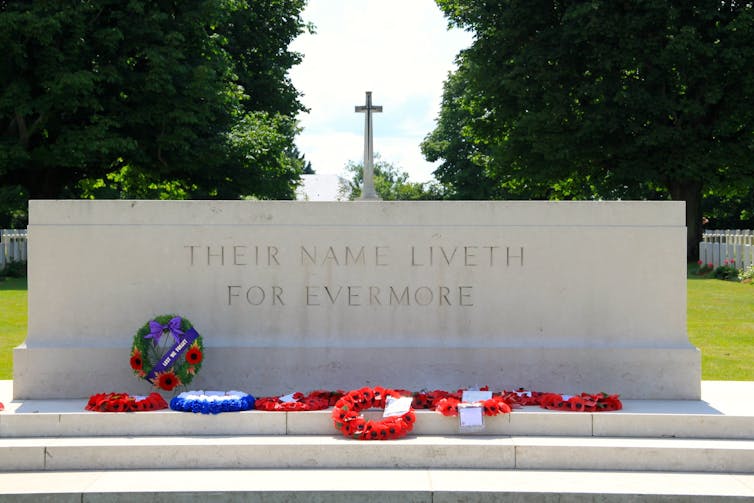
Henk Bekker/Flickr, CC BY-SA
This dual feature of a D-day anniversary – solemn remembrance inflected by cold war politics – was certainly apparent during the tenth anniversary in 1954. It saw allied veterans return to dedicate memorials and visit the graves of their comrades. But also in attendance were French president René Coty as well as the Nato Supreme Allied Commander in Europe, General Alfred Gruenther.
The event had a similar tone during the 20th anniversary in 1964, although French president Charles De Gaulle, in contrast to Coty, famously refused to be present in Normandy. De Gaulle felt the ceremonies gave too much space to the Americans and British, allies with whom he had various disagreements.
D-day and diplomacy
It was during the 40th anniversary in June 1984 that the shape of modern D-day commemoration finally emerged. Cold war tensions were again rising, with the US and Soviet Union locked into a new arms race, and the French president, Francois Mitterand, was keen to demonstrate European leadership. He invited several heads of state to the events in Normandy, including US president Ronald Reagan and Queen Elizabeth II of the UK.
June 1984 was also an important moment for veterans. Forty years had passed since the landings. Many had retired, and they now returned to Normandy in their thousands.
Veterans were a particularly noticeable presence at some of the key ceremonies. At Pointe du Hoc, scene of an important D-day battle, Reagan gave a celebrated speech asserting the continued vitality of the transatlantic alliance. Here, in Normandy, said Reagan, “the Allies stood and fought against tyranny in a giant undertaking unparalleled in human history”.
A decade later, during the 50th anniversary, heads of state again joined large numbers of allied veterans. The cold war was now over, and the west victorious. There was a noticeable air of celebration.
By the early 21st century, the basic format of a major D-day anniversary was in place. These were occasions for poignant remembrance often involving the tearful reunions of veterans. But they had also become high profile international diplomatic events during which presidents and prime ministers gave speeches honouring the past with an eye on the present.
In June 2004, the speech given by President George W. Bush in the Normandy American Cemetery was shaped in part by the circumstances of the contemporary “war on terror” which saw the US lead invasions of both Afghanistan and Iraq. Towards the end of the speech Bush declared: “The nations that battled across the continent would become trusted partners in the cause of peace. And our great alliance of freedom is strong, and it is still needed today.”
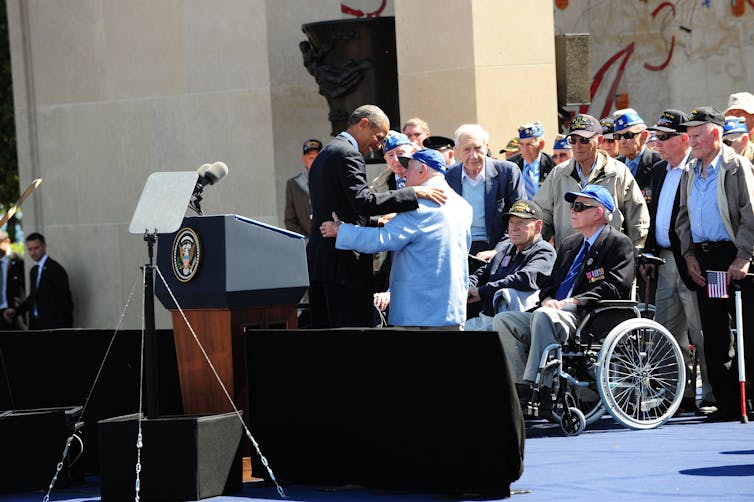
U.S. Army Europe/Flickr
Ten years later, in 2014, it was President Barack Obama’s turn. Clearly conscious of the recent Russian annexation of Crimea, Obama said: “We come to remember why America and our allies gave so much for the survival of liberty at its moment of maximum peril.”
The diplomatic value of a D-day anniversary was highlighted by the guest list that year: Russian president Vladimir Putin was in attendance. Putin had previously been invited to the 60th anniversary in 2004, as had Chancellor Gerhard Schroder, the first German leader to attend a D-day anniversary.
D-day 80 rightly turns our attention back to the past, and to the courageous endeavour of that grey June morning in 1944. But with Ukraine’s president, Volodymyr Zelensky, very deliberately in attendance this year at the invitation of President Macron of France – and with Putin noticeably absent – we will also be invited to ponder how the memory of June 6 might help guide us through the challenges of today.
